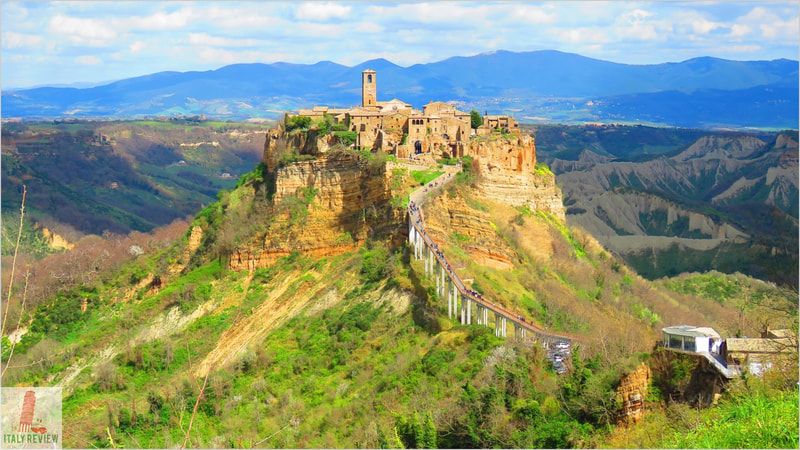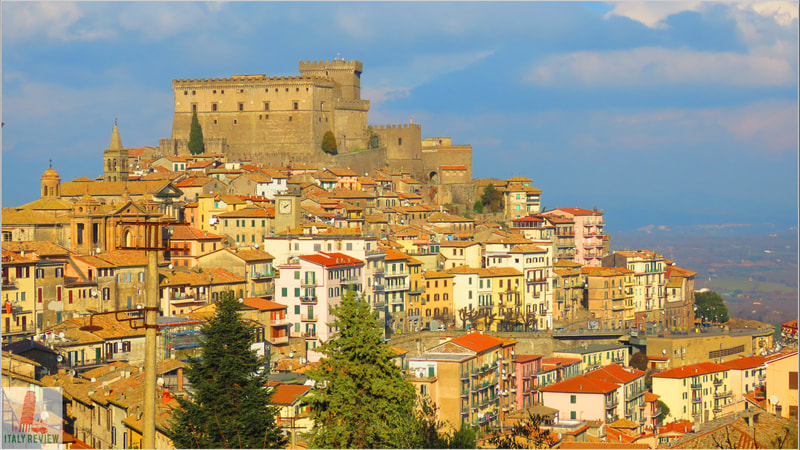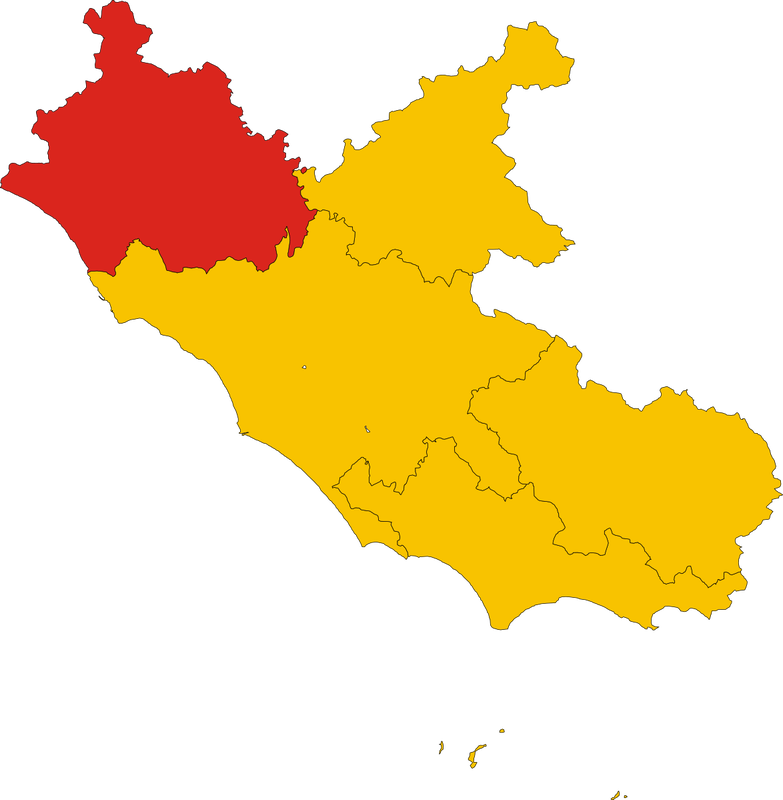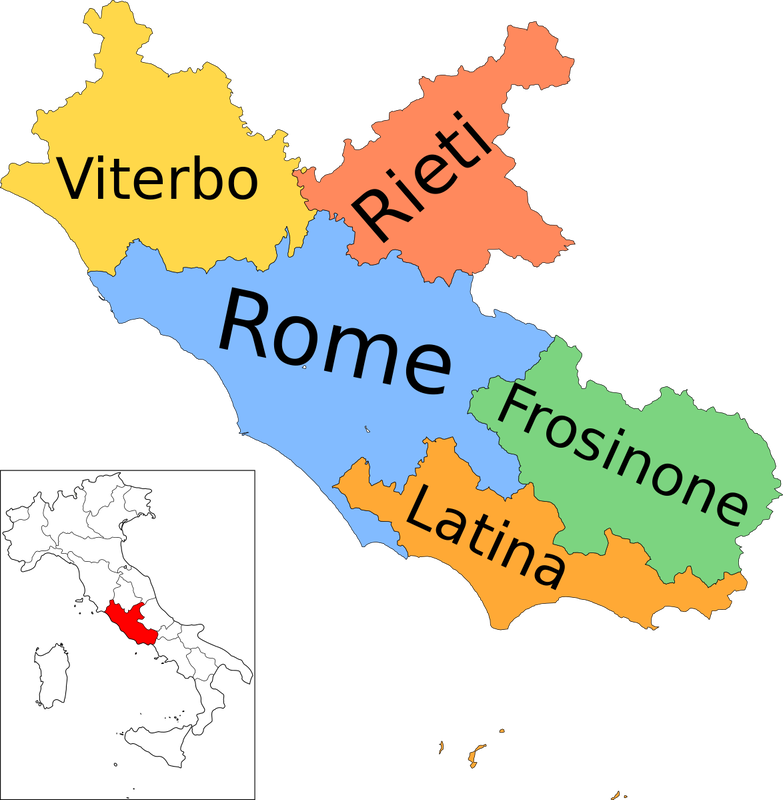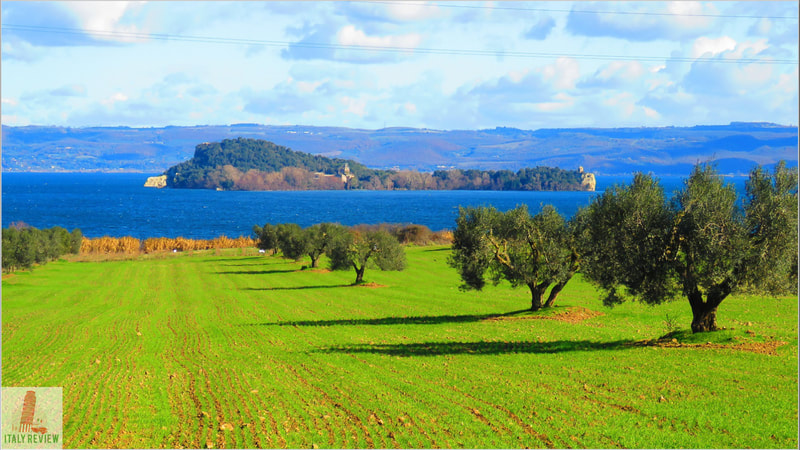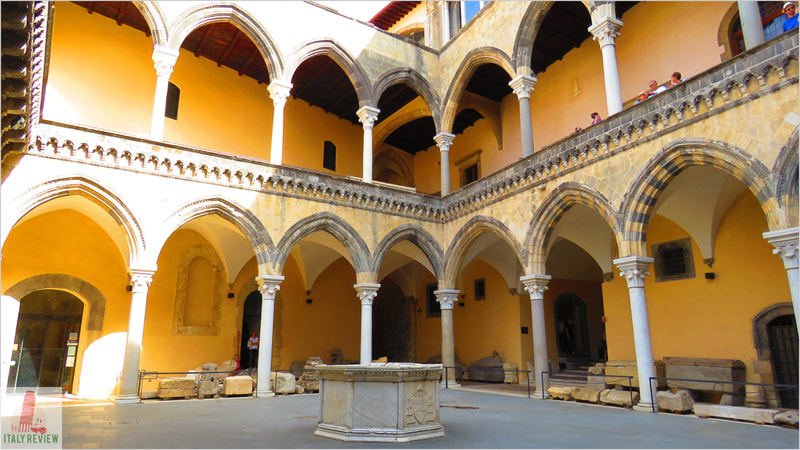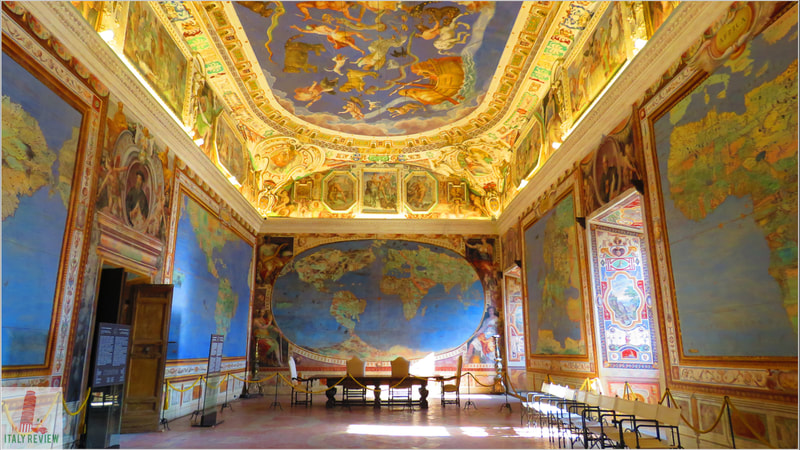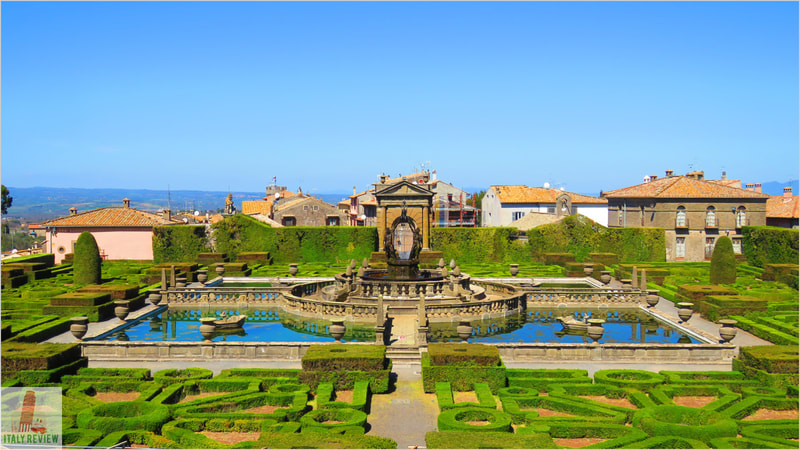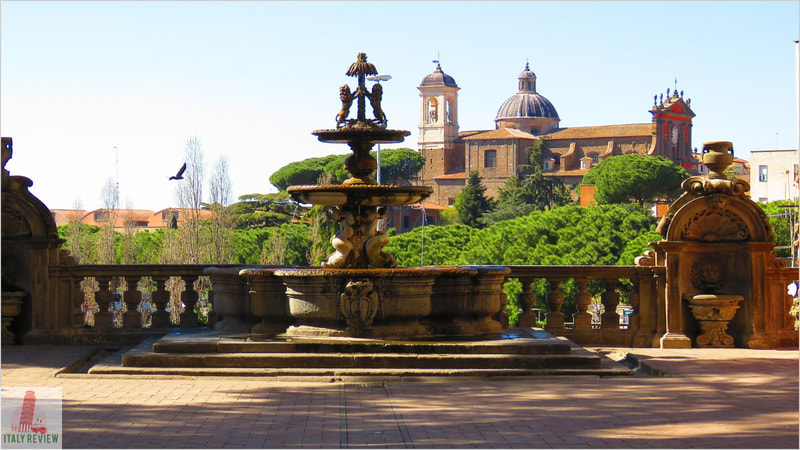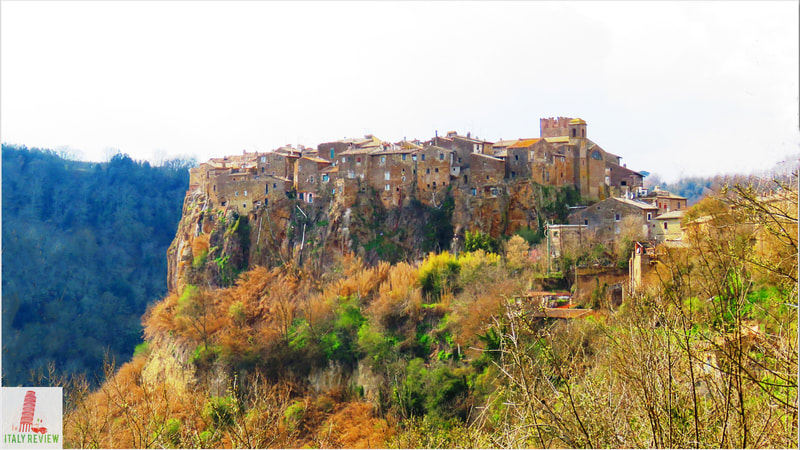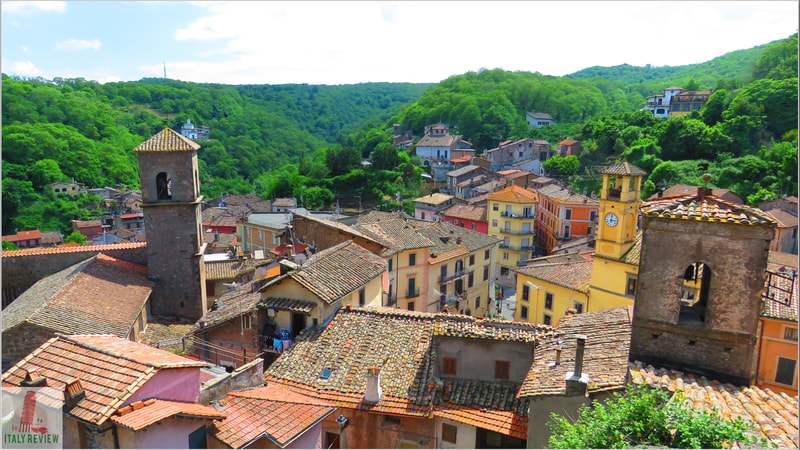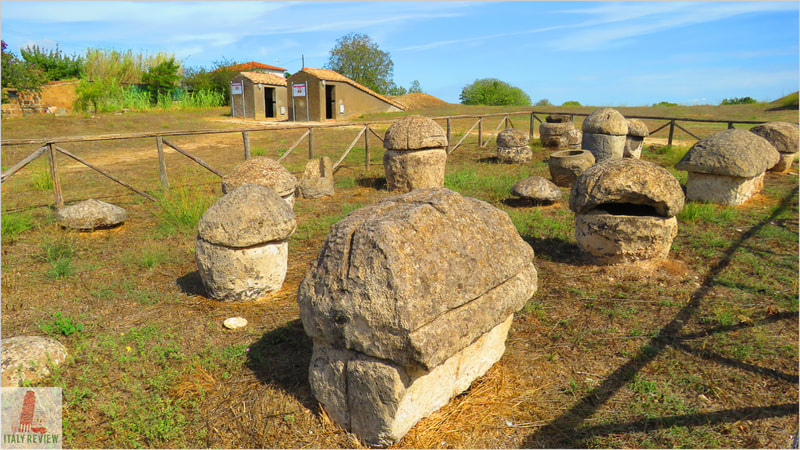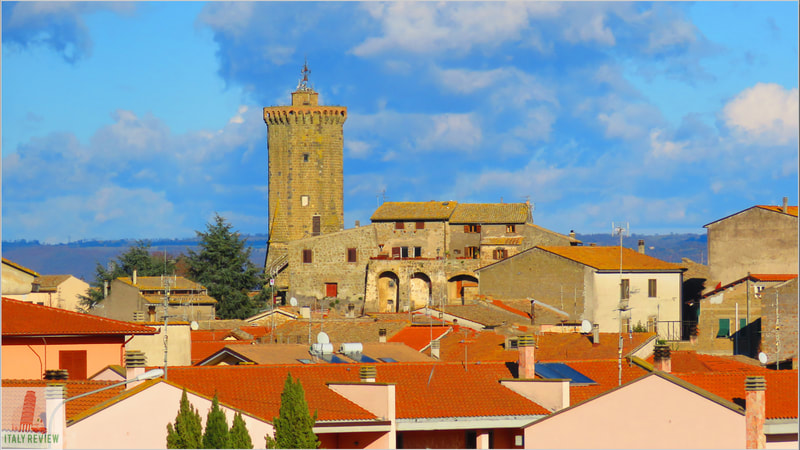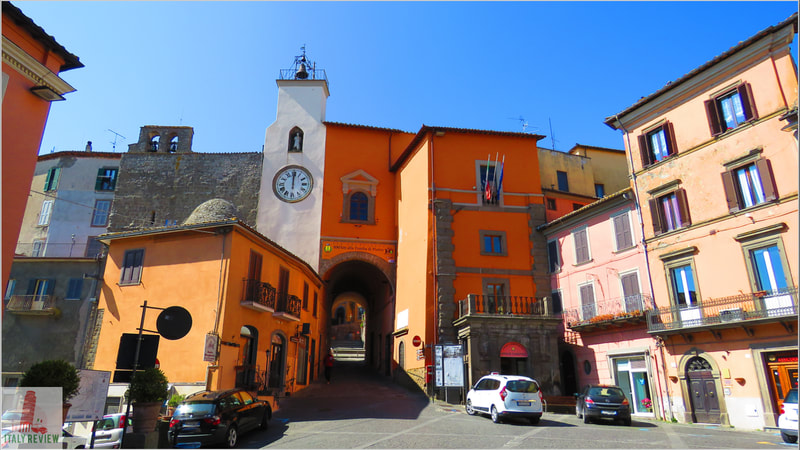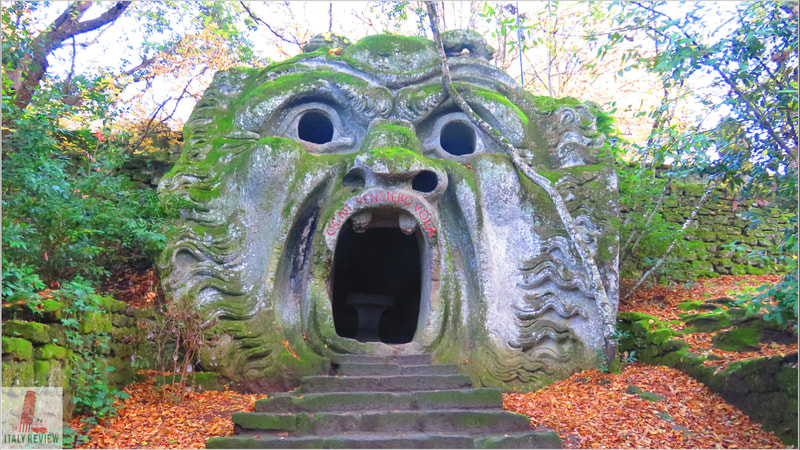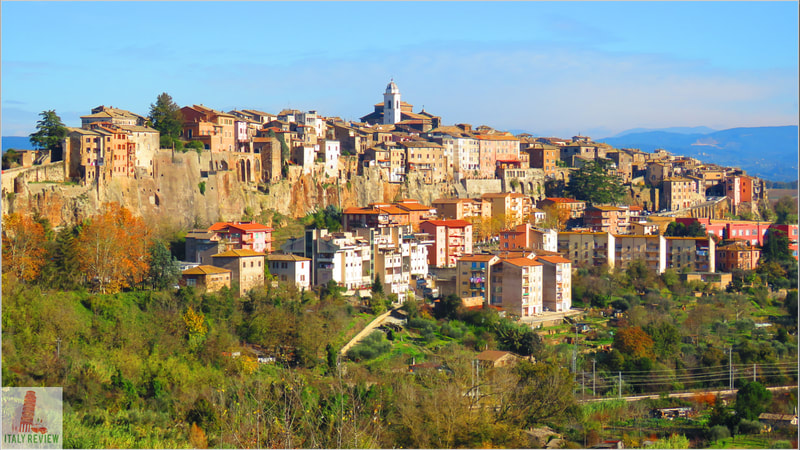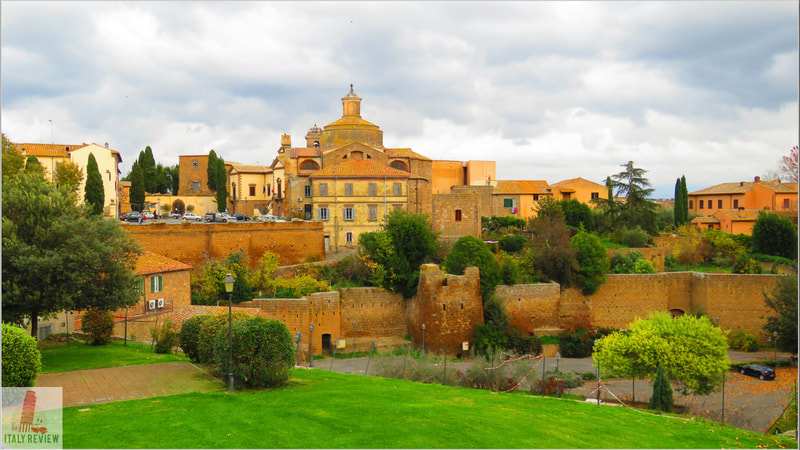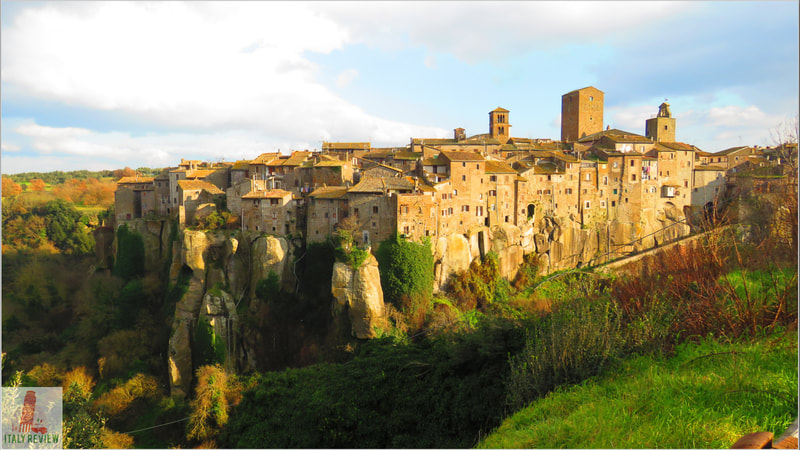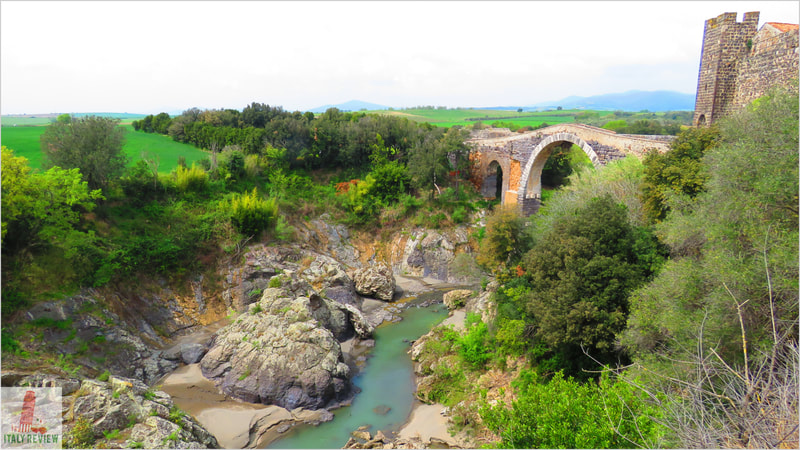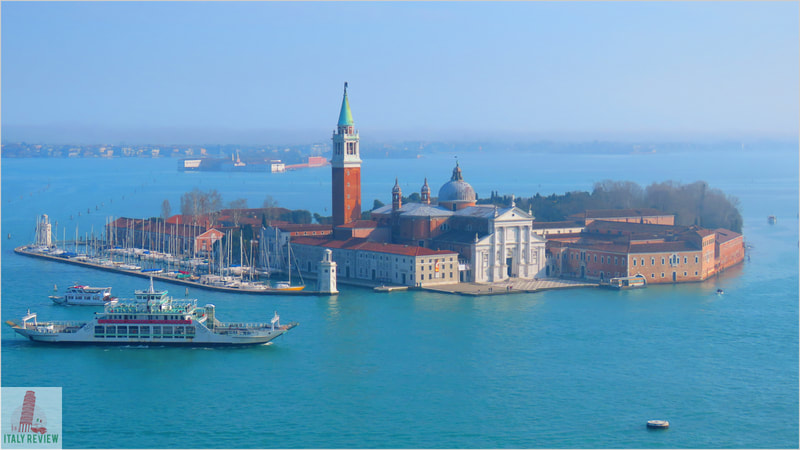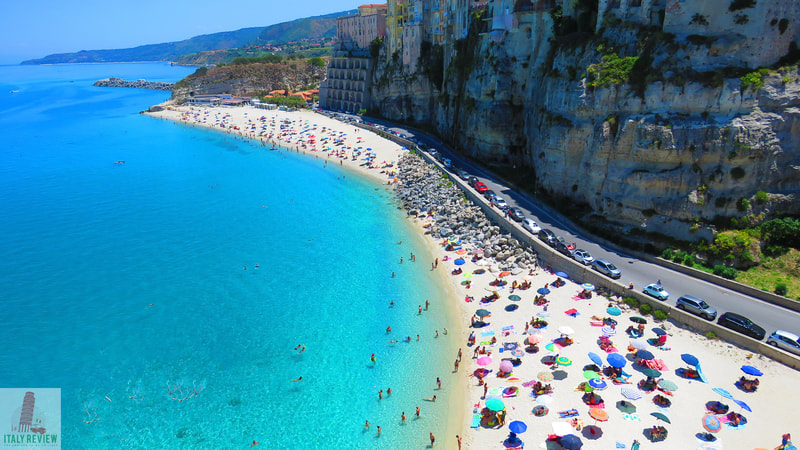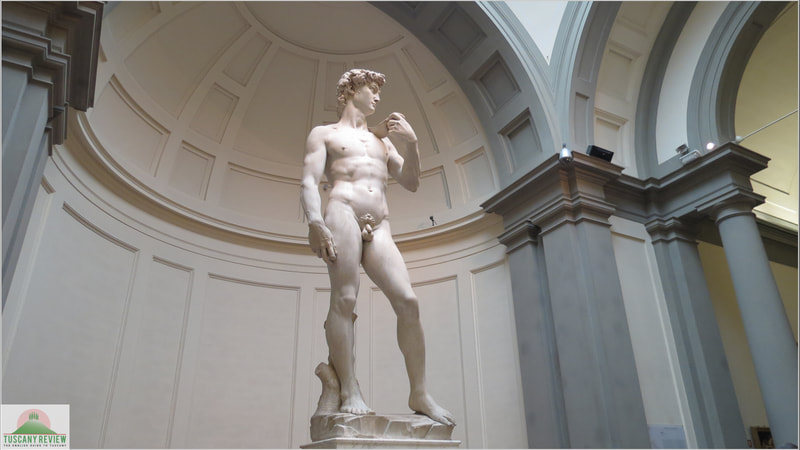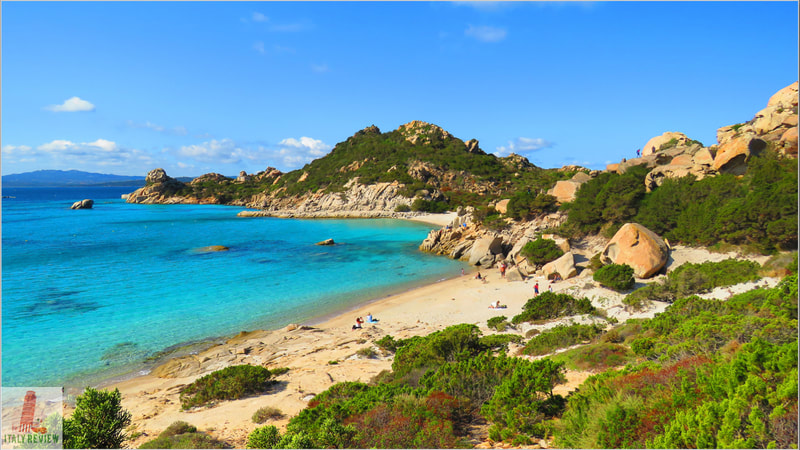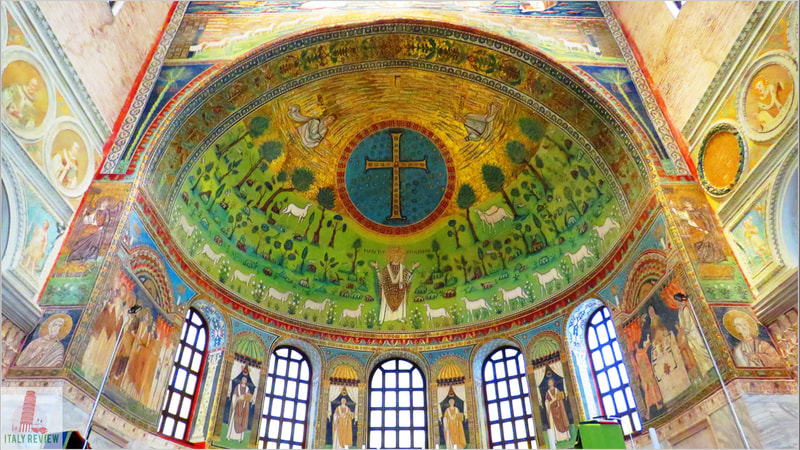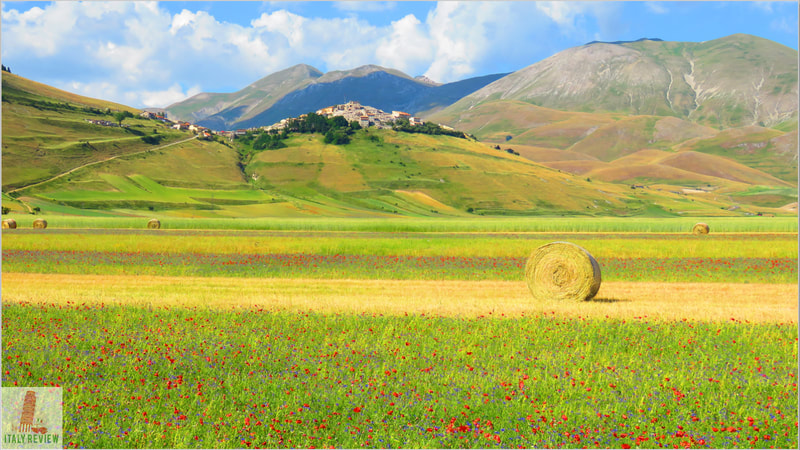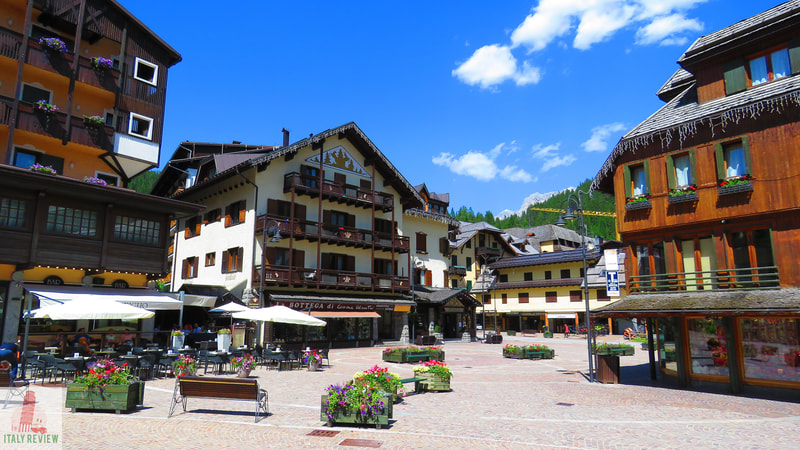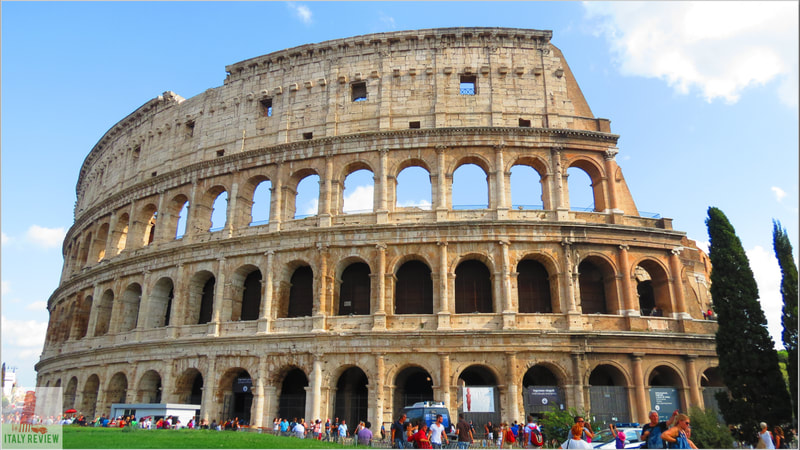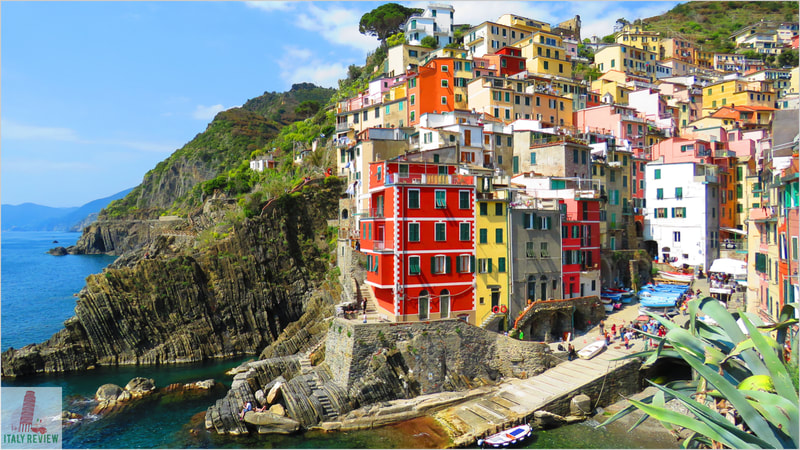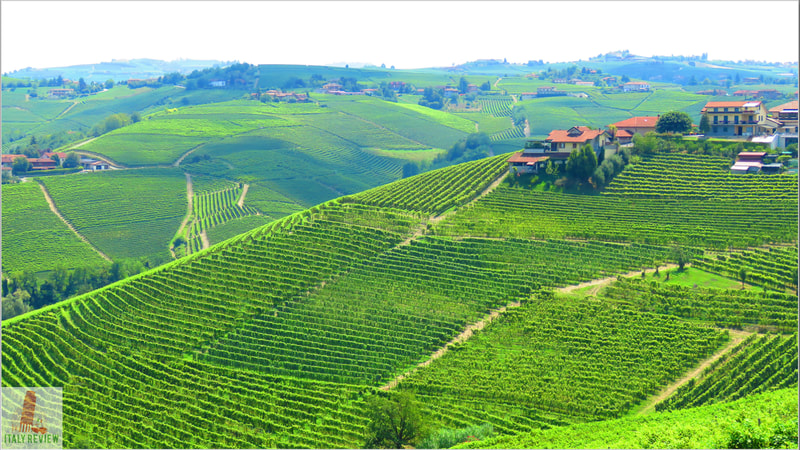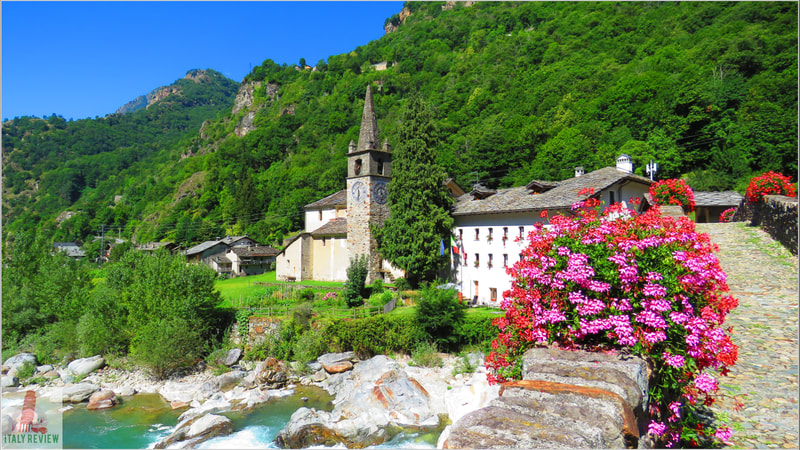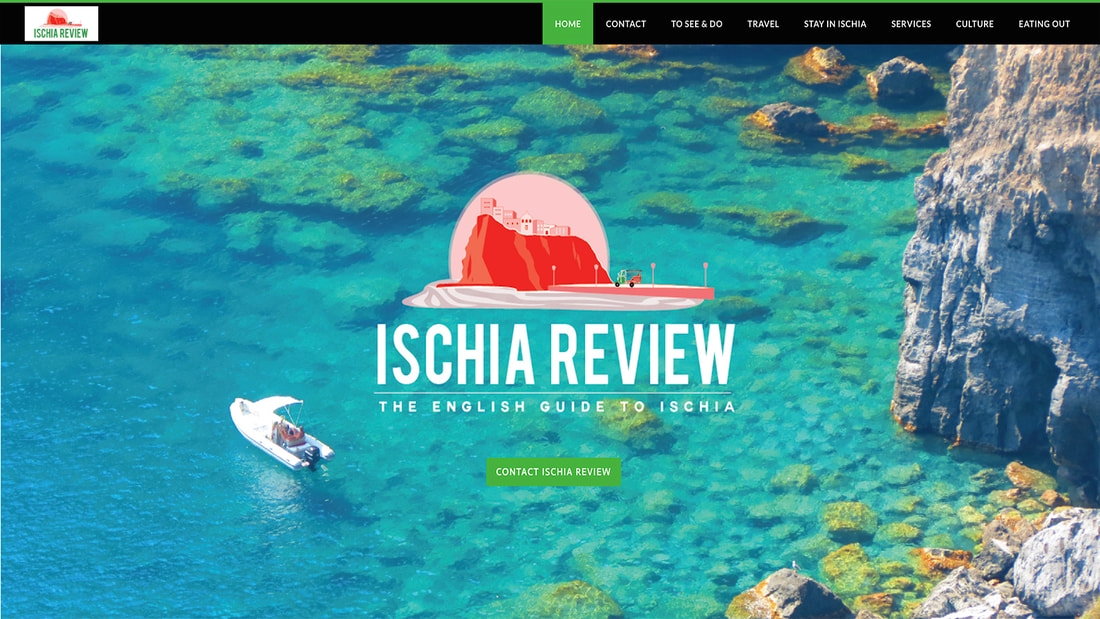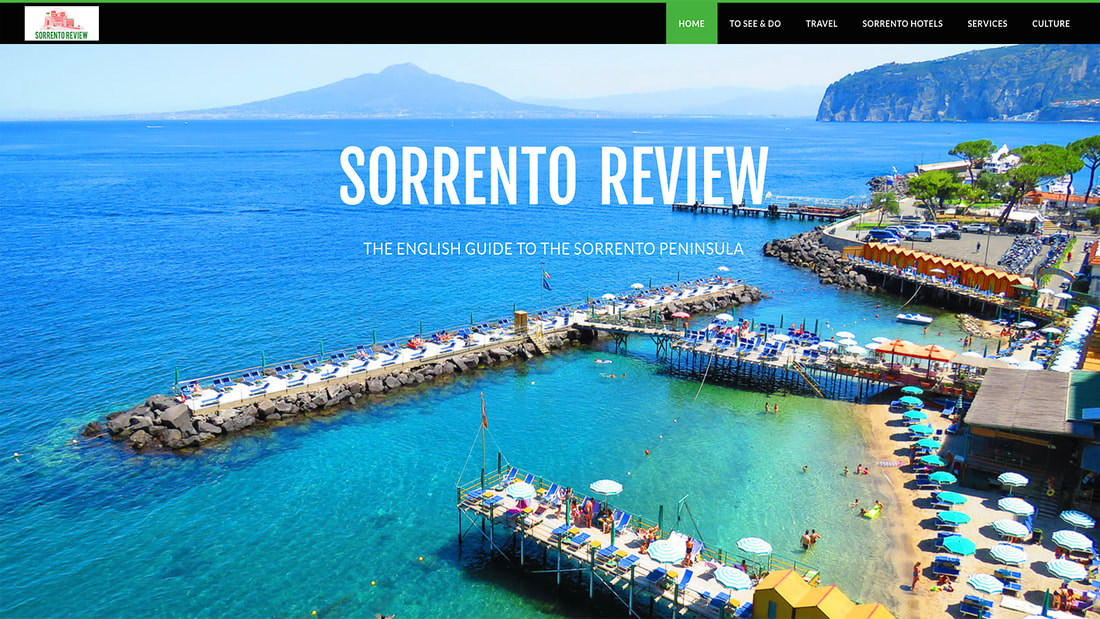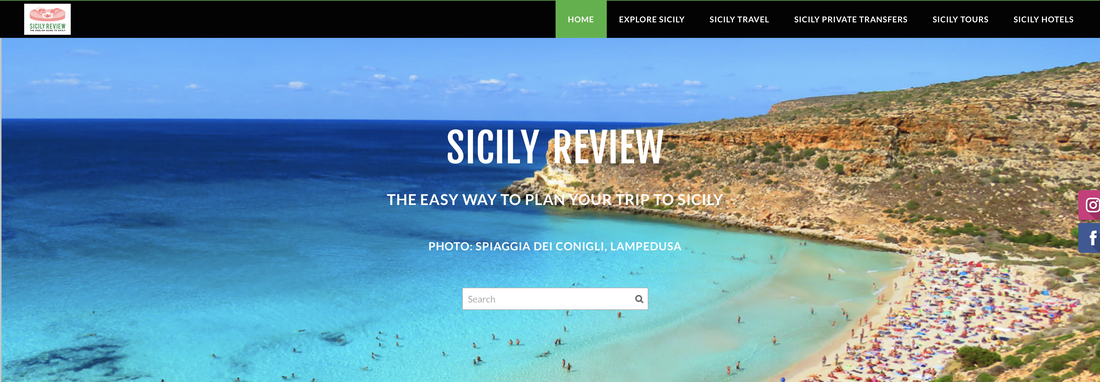Viterbo Province
|
By Dion Protani
|
Latest update: 23 January 2024
|
|
The Viterbo Province occupies a total geographical area of 3,615 square kilometres, including the provincial capital: the city of Viterbo.
Within the province there are 60 provincial towns, known as communes (comune singular or comuni plural in Italian). The total population of Viterbo Province is around 317,000 inhabitants. |
Among the visitor highlights in the province are the fascinating hill town of Cività di Bagnoregio and Etruscan towns of the Tuscia region such as Tuscania, Bagnaia and Tarquinia.
Related links
Profile
Viterbo Province is located in the Lazio region of central Italy and is known for its rich history, beautiful landscapes, and charming medieval towns.
History
The history of Viterbo Province dates back to ancient times when the area was inhabited by the Etruscans. It later became a significant Roman settlement, and traces of this period can still be found in the province.
During the Middle Ages, Viterbo played a crucial role in the Papal States, and the historic town of Viterbo itself served as a papal residence.
The province was also home to several powerful noble families, who left their mark on the architecture and culture of the region.
During the Middle Ages, Viterbo played a crucial role in the Papal States, and the historic town of Viterbo itself served as a papal residence.
The province was also home to several powerful noble families, who left their mark on the architecture and culture of the region.
Highlights
- Viterbo: The provincial capital, Viterbo, is a charming medieval city with well-preserved historic architecture. The Papal Palace, known as the Palazzo dei Papi, is a major attraction, along with the San Lorenzo Cathedral and the Renaissance-era Farnese Palace.
- Tarquinia: This town is famous for its Etruscan heritage, and visitors can explore ancient burial sites and tombs dating back to the Etruscan civilization at the Tarquinia Necropolis, a UNESCO World Heritage Site.
- Civita di Bagnoregio: Often referred to as the "dying city," Civita di Bagnoregio is a stunning medieval hilltop village. Accessible only by a footbridge, the town is a unique and picturesque destination.
- Lake Bolsena: The province is home to Lake Bolsena, one of Italy's largest volcanic lakes. Visitors can enjoy water activities, explore lakeside towns, and visit the Bisentina and Martana Islands in the lake.
- Tuscania: This ancient town boasts well-preserved medieval walls, churches, and Etruscan ruins. The Church of San Pietro is a notable example of Romanesque architecture.
- Cività Castellana: Known for its ceramic production, Cività Castellana features charming streets and a beautiful historic center.
- Thermal Springs: Viterbo Province is known for its thermal springs, offering visitors opportunities to relax and rejuvenate in the healing waters.
- Tuscia: The area surrounding Viterbo is known as Tuscia, a land of rolling hills, vineyards, and picturesque landscapes. It is ideal for outdoor activities such as hiking and cycling.
- Festivals and Events: The province hosts various festivals throughout the year, celebrating local traditions, food, and culture.
- Cuisine: Viterbo Province offers a rich culinary heritage with dishes featuring local produce and traditional recipes. Try the region's famous potato-based gnocchi known as "gnocchi di Patate."
Provincia di Viterbo

